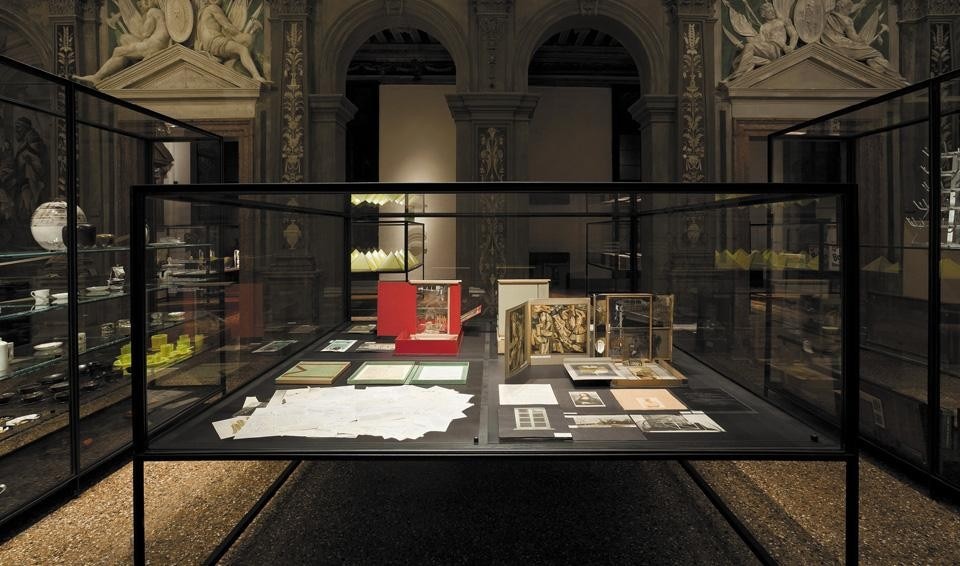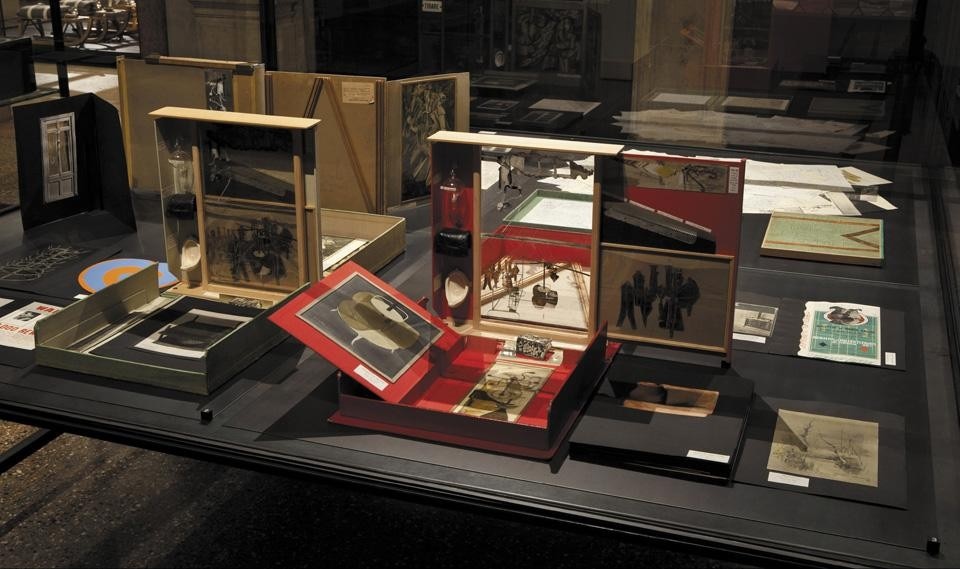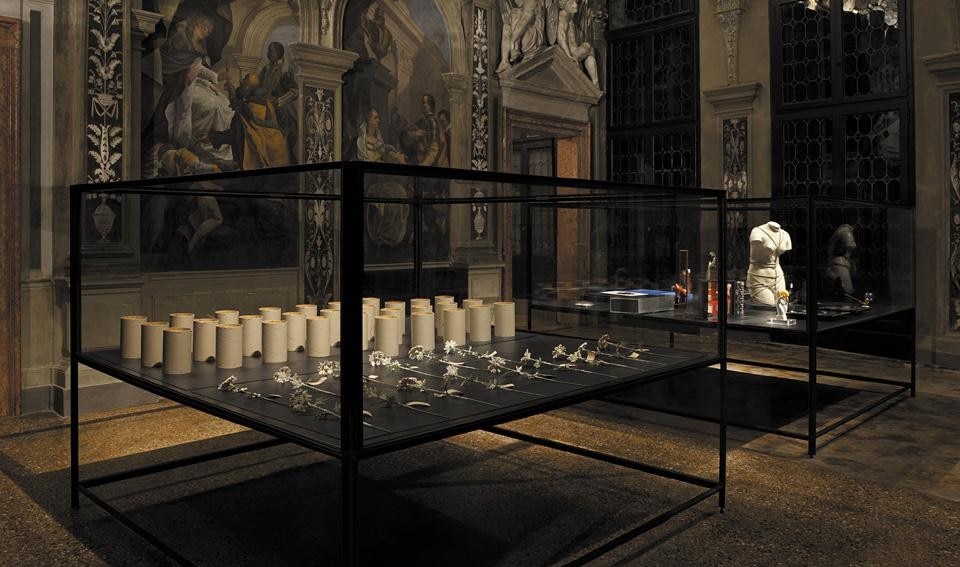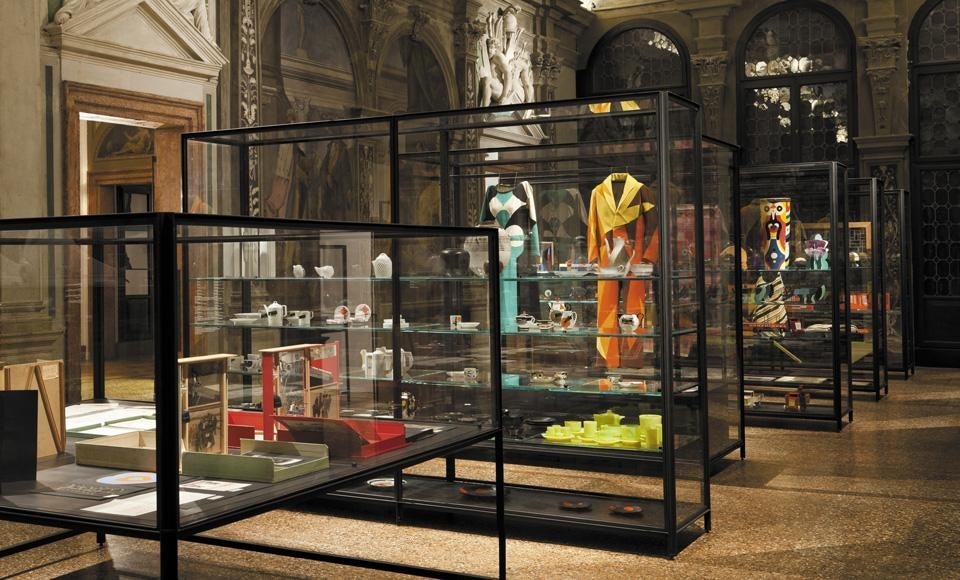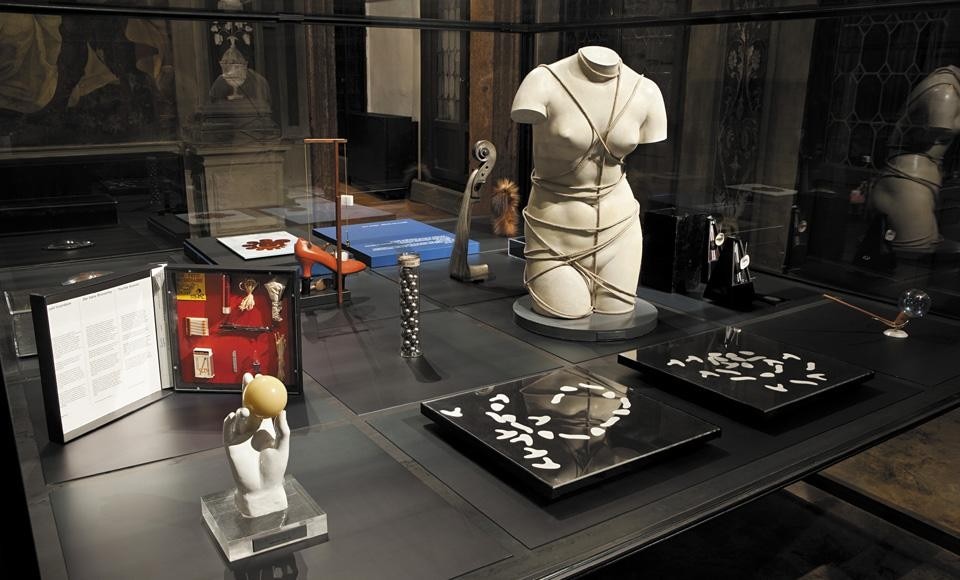Actually, the exhibition title declares an intention to lay bare the roots of the avant-garde promotion and dissemination project, conducted via works and artistic performances that can be reproduced or that lacked the indescribable aura of the unique piece: multiples, publications, mass objects with mundane content — re-themed, redefined, repeated…
It is no coincidence that the first thing Ars Multiplicata (the subtitle of the exhibition) shows visitors ascending to the piano nobile is Marcel Duchamp's boîte-en-valise. The works by the forerunner of "editions" are the key to this exhibition, the design of which has no one direction or order but a route on which hundreds of documents grouped by theme in shatterproof glass cases do not come in succession but are amassed. "No hypothesis of an "elsewhere", but pure duplication of artistic and everyday reality" is what connotes these numerous attempts by the 20th century avant-gardes. Not so much enlightened inspiration aimed at overcoming human and social contradictions and at teaching the masses but the cynical realism of the fragmentary, personal and close-up (but also fun and ironical) solace of an art that was for itself, close to the self and personalised, but extended to all.
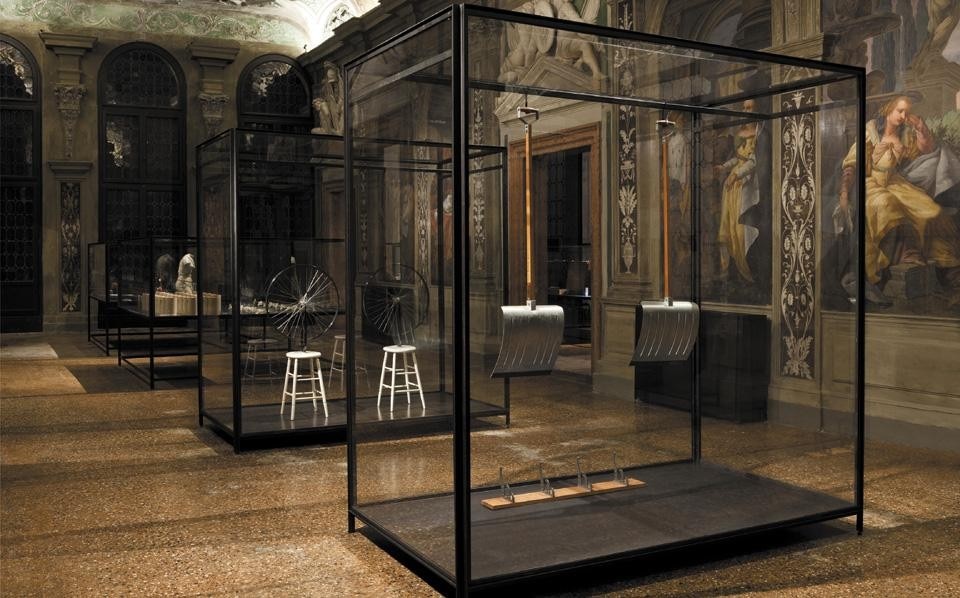
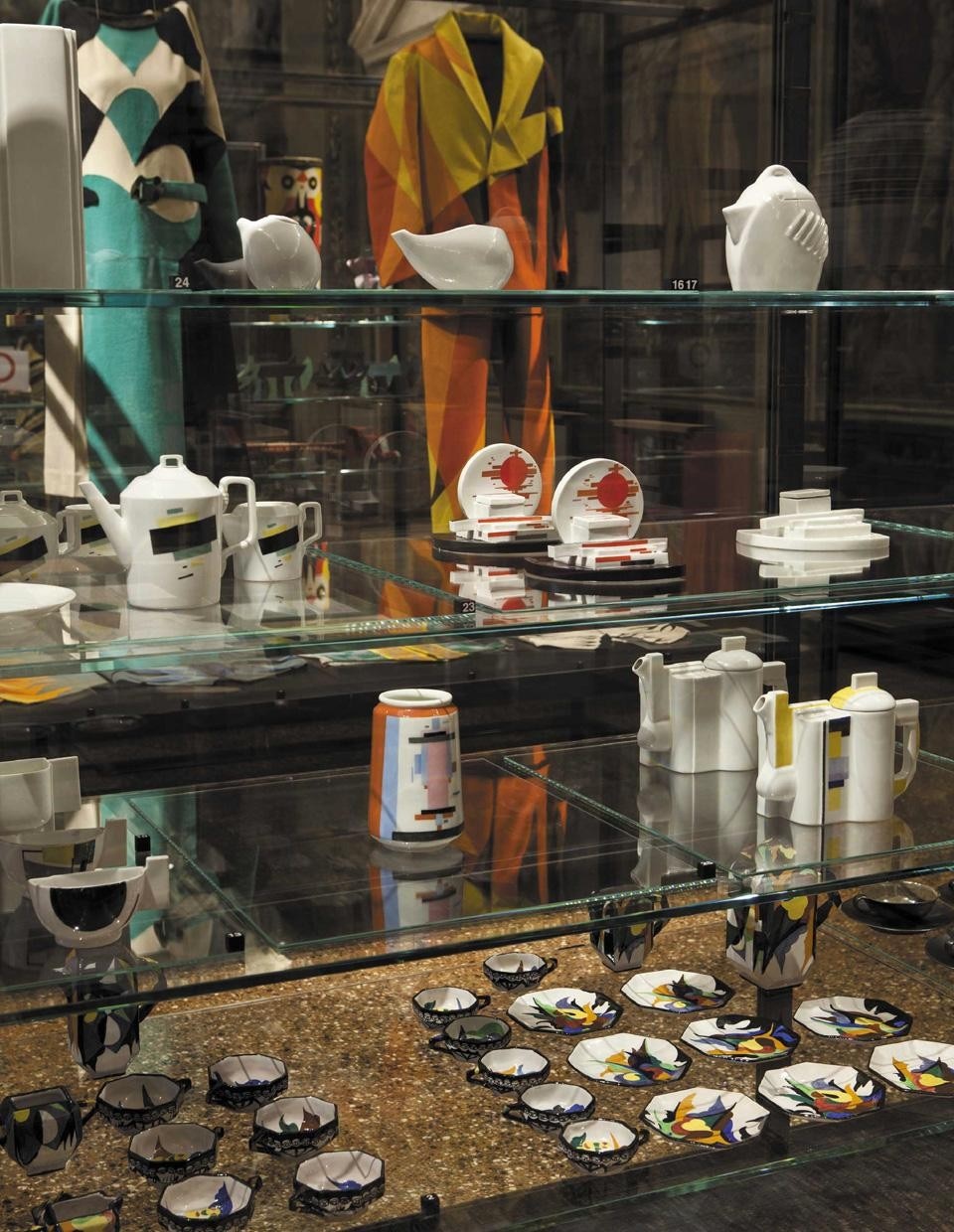
The answers given by the exhibition at Fondazione Prada seem to offer an array of experience and a realisation on which to base a private role, offering an alternative to the media-fuelled scandal of the Fondaco dei Tedeschi, and the comical threats of the outstretched tentacles of Cardin's monstrous palace of light on the mainland
